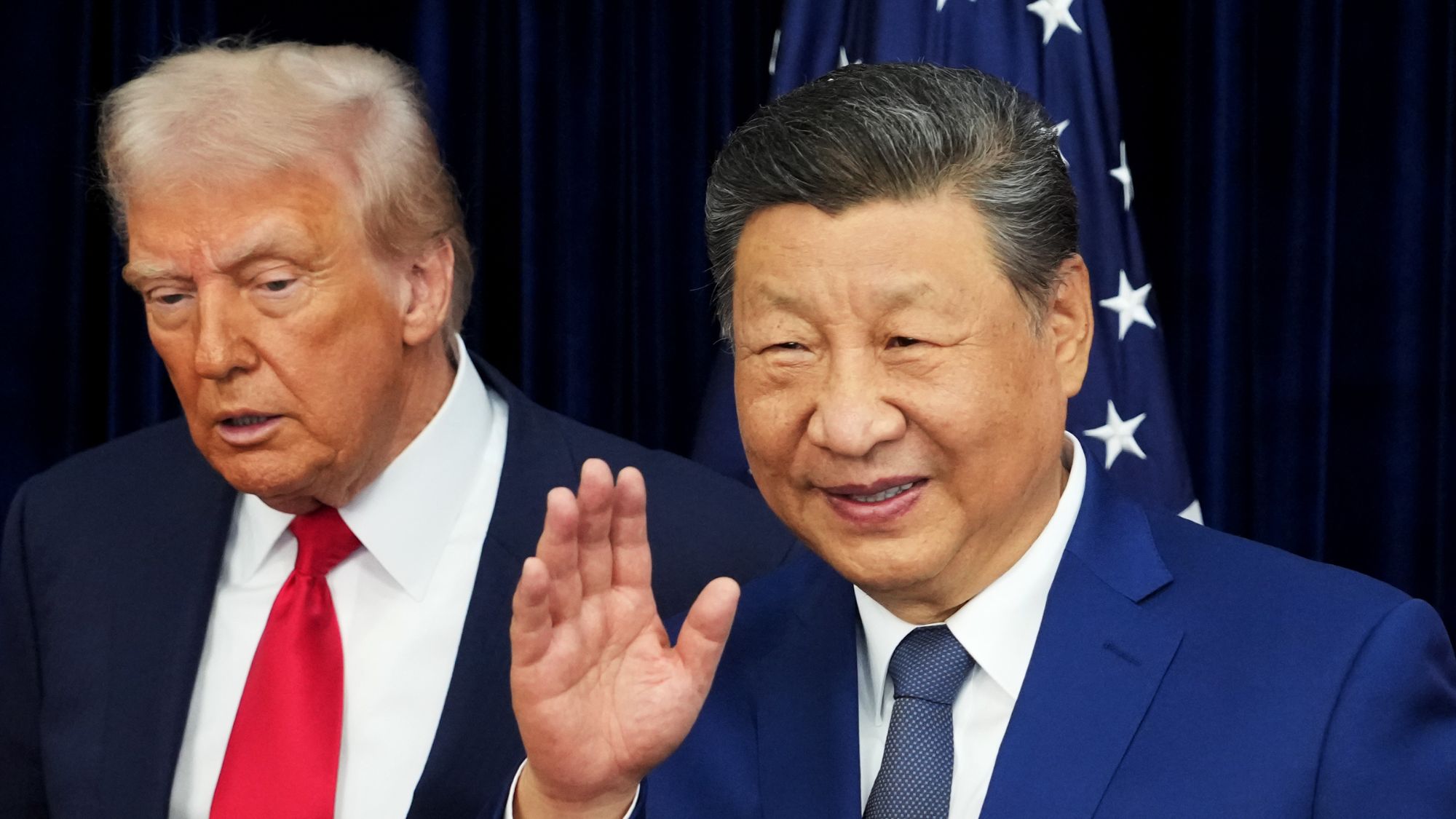A drastic new plan to shore up the banks
The government unveiled a stunning $250 billion plan to partially nationalize U.S. banks in order to create confidence in the banks' solvency and to free up paralyzed credit markets.
What happened
In the largest federal intervention in the banking system since the Great Depression, the government this week unveiled a stunning $250 billion plan to partially nationalize U.S. banks. Under the plan, the U.S. will spend $125 billion on new stock issued by the nine largest U.S. banks, with an additional $125 billion going to regional and community banks. The moves were coordinated with similar capital injections by the British and E.U. governments, and are designed to create confidence in the banks’ solvency and free up paralyzed credit markets. Treasury Secretary Henry Paulson called the measures “distasteful,” but said the extraordinary government investment was the best way to get banks to resume making loans and kick-start the economy. “The needs of our economy require that our financial institutions not take this new capital to hoard it but to deploy it,” he said.
Financial markets initially welcomed the news, sending the Dow Jones industrial average soaring 11 percent, or 936 points on Monday—its largest one-day point gain ever. But stocks fell again amid growing concern that even this latest bailout could not avert a recession. Stock markets worldwide last week had fallen 20 percent or more, as investors dumped their holdings after banks around the world all but ceased lending to one another, fearing that other banks could fail without warning. Consumer lending also had dried up.
The Week
Escape your echo chamber. Get the facts behind the news, plus analysis from multiple perspectives.

Sign up for The Week's Free Newsletters
From our morning news briefing to a weekly Good News Newsletter, get the best of The Week delivered directly to your inbox.
From our morning news briefing to a weekly Good News Newsletter, get the best of The Week delivered directly to your inbox.
What the editorials said
The government’s latest bailout “seems to have stopped the financial panic for now,” said The Wall Street Journal. But this is still “a dangerous moment.” Once Washington develops a taste for “politically directed credit,” it will be all too tempting for members of Congress to try to force banks to cater to their pet causes. “It would be a disaster if Congress were able to bully banks into accepting Congress’ priorities instead of rebuilding their balance sheets and exiting the program as quickly as possible.”
The problem isn’t Congress’ involvement, said The New York Times, but the administration’s lack of it. Paulson doesn’t want to oust executives of troubled banks, slash their pay, or have any say in how the banks are run. “This means the banks’ current boards and management—the same people who got the country into this mess—will still be making all of the decisions.” Congress must remind Paulson, a former Goldman Sachs investment banker, that his client is now the American taxpayer, not Wall Street.
What the columnists said
A free daily email with the biggest news stories of the day – and the best features from TheWeek.com
“Paradoxical as it may be,” this week’s government intervention may have saved free-market capitalism as we know it, said Larry Kudlow in National Review Online. “No free-market economy can survive without stable banking and credit,” and the administration’s actions have restored the confidence banks need to resume lending. That will set the stage for a return to the prosperity that only free markets can provide.
Now it’s Wall Street’s turn, said Steven Pearlstein in The Washington Post. The “silence and invisibility” of America’s top bankers throughout this crisis “attests to the moral and political bankruptcy’’ of the financial elite, whose irresponsibility now threatens the well-being of hundreds of millions of people on several continents. Wall Street can redeem itself by assuring credit to good business customers and refinancing the mortgages of homeowners who took out bad loans in good faith.
For now, the real leader of the world’s capitalist democracies is the unlikely figure of British Prime Minister Gordon Brown, said Paul Krugman in The New York Times. It was Brown who grasped the essentials of the crisis and conceived the basic outlines of the recapitalization plan that the U.S. and Europe have now adopted. “This combination of courage and decisiveness hasn’t been matched by any other Western government, least of all our own.”
What next?
The injection of capital into the banks may have stopped the runaway panic of last week, said Vikas Bajaj in The New York Times, but investors and financial institutions remain deeply shaken. Bankers are still wary of lending to all but the best customers, making it more difficult for businesses to expand and for consumers to finance big-ticket items such as cars. The extreme volatility in stock prices, said PNC Bank economist Stuart Hoffman, reflects the widespread belief that “everything the government has done is not going to prevent further deterioration in the economy.”
-
 A ‘golden age’ of nuclear power
A ‘golden age’ of nuclear powerThe Explainer The government is promising to ‘fire up nuclear power’. Why, and how?
-
 Massacre in Darfur: the world looked the other way
Massacre in Darfur: the world looked the other wayTalking Point Atrocities in El Fasher follow decades of repression of Sudan’s black African population
-
 Trump’s trade war: has China won?
Trump’s trade war: has China won?Talking Point US president wanted to punish Beijing, but the Asian superpower now holds the whip hand
-
 Has Zohran Mamdani shown the Democrats how to win again?
Has Zohran Mamdani shown the Democrats how to win again?Today’s Big Question New York City mayoral election touted as victory for left-wing populists but moderate centrist wins elsewhere present more complex path for Democratic Party
-
 Millions turn out for anti-Trump ‘No Kings’ rallies
Millions turn out for anti-Trump ‘No Kings’ ralliesSpeed Read An estimated 7 million people participated, 2 million more than at the first ‘No Kings’ protest in June
-
 Ghislaine Maxwell: angling for a Trump pardon
Ghislaine Maxwell: angling for a Trump pardonTalking Point Convicted sex trafficker's testimony could shed new light on president's links to Jeffrey Epstein
-
 The last words and final moments of 40 presidents
The last words and final moments of 40 presidentsThe Explainer Some are eloquent quotes worthy of the holders of the highest office in the nation, and others... aren't
-
 The JFK files: the truth at last?
The JFK files: the truth at last?In The Spotlight More than 64,000 previously classified documents relating the 1963 assassination of John F. Kennedy have been released by the Trump administration
-
 'Seriously, not literally': how should the world take Donald Trump?
'Seriously, not literally': how should the world take Donald Trump?Today's big question White House rhetoric and reality look likely to become increasingly blurred
-
 Will Trump's 'madman' strategy pay off?
Will Trump's 'madman' strategy pay off?Today's Big Question Incoming US president likes to seem unpredictable but, this time round, world leaders could be wise to his playbook
-
 Democrats vs. Republicans: who are US billionaires backing?
Democrats vs. Republicans: who are US billionaires backing?The Explainer Younger tech titans join 'boys' club throwing money and support' behind President Trump, while older plutocrats quietly rebuke new administration